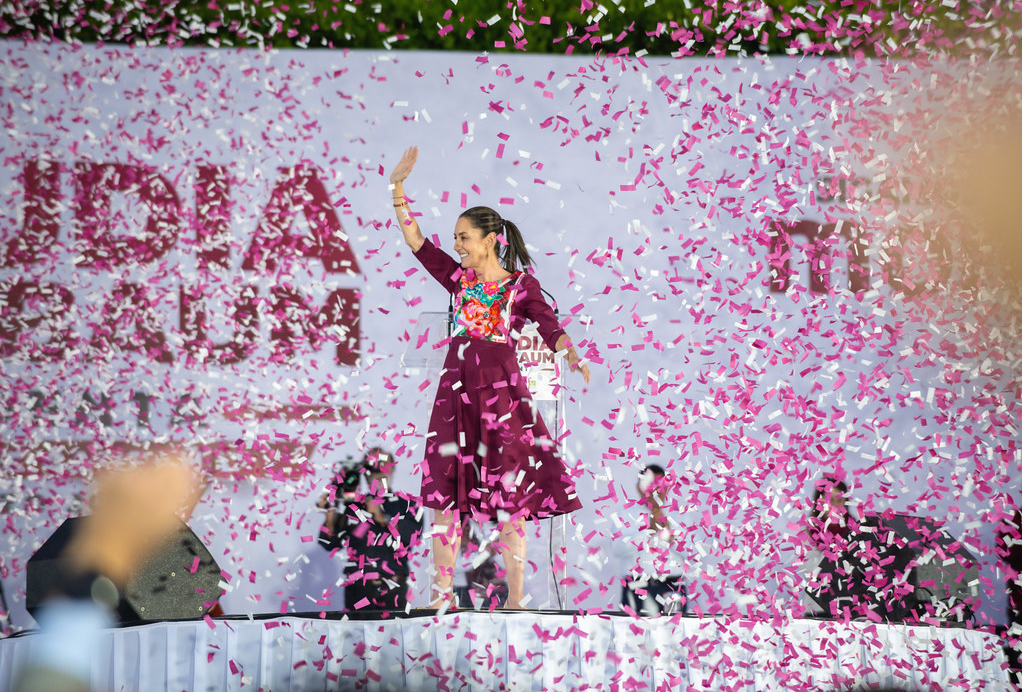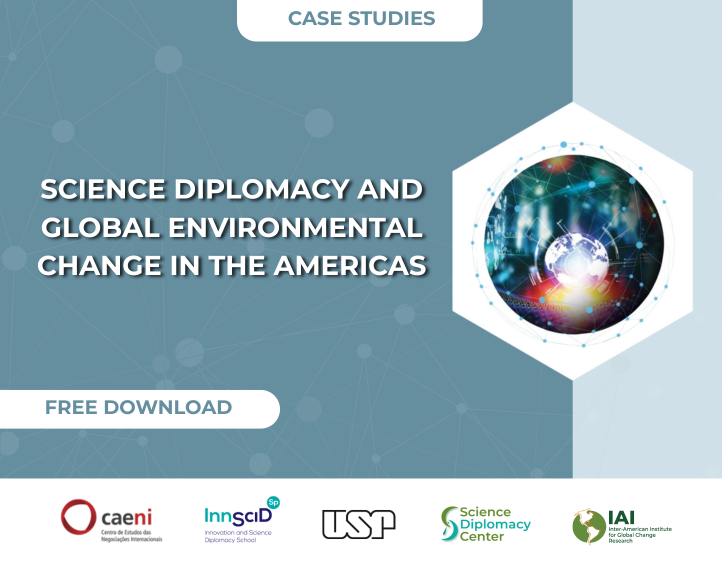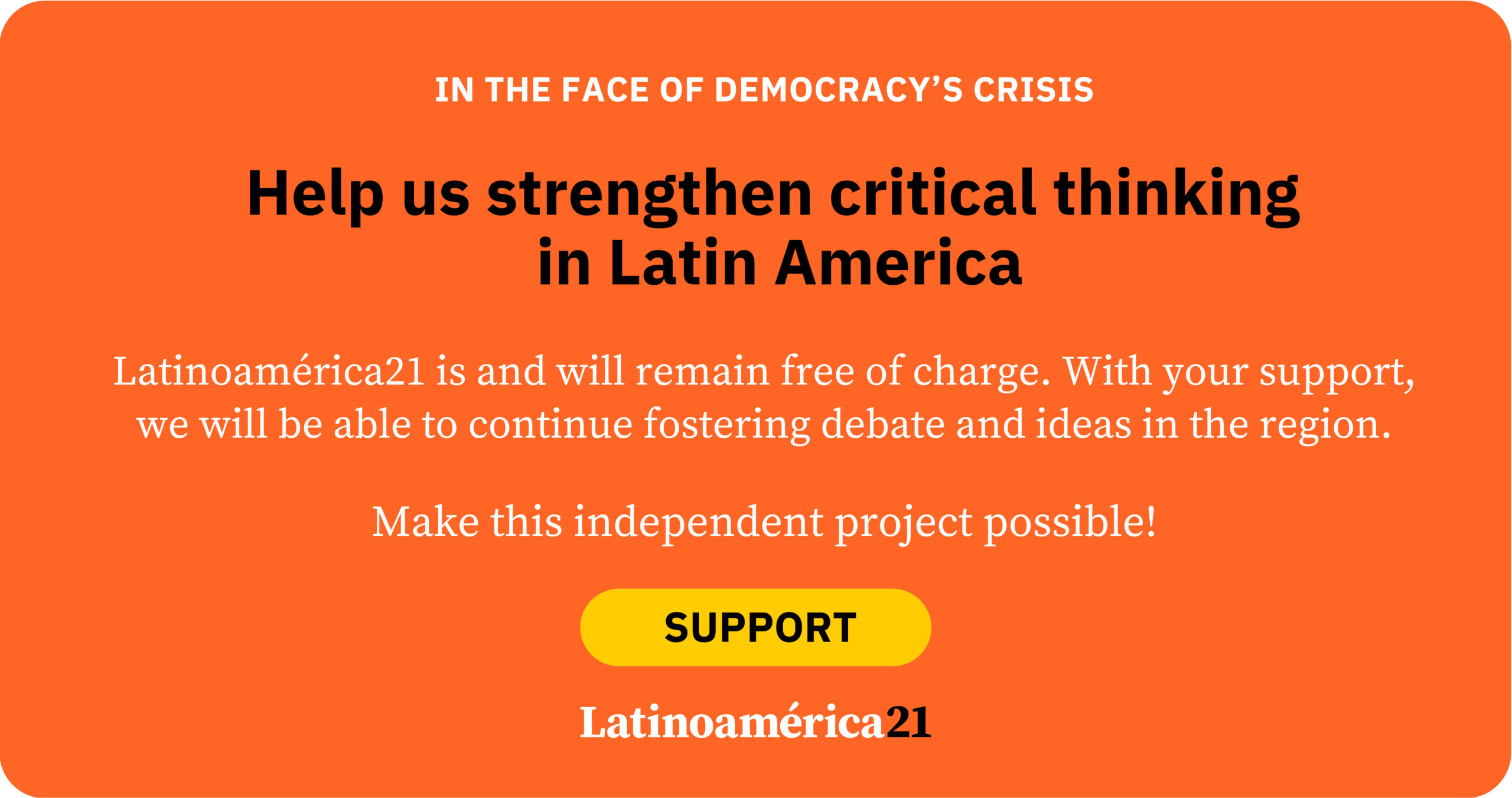According to the National Electoral Institute (INE), the three televised presidential debates prior to the elections in Mexico saw record audiences. The first debate was watched by 11.8 million people, the second by 13.7 million and the third by 11.6 million. Despite its worn-out format, the second debate was the most viewed on traditional media.
In the digital ecosystem, the power of social media stands out as disseminators of information. The first debate on Facebook alone reached 7,578,465 people, had 4,209,012 views and 529,414 reactions. On TikTok, it reached 310,313 people, had 3,300,000 impressions and 3,409,559 reactions. On the social-media platform, X, the debate reached 576,339, had 378,245 views, 208,517 impressions and 43,321 reactions. Moreover, YouTube had 15,655 views in Mayan language, 23,090 in Nahuatl, 40,760 in Tsotsil and 217,117 in Mexican sign language, not to mention the questions the public asked through these networks.
However, this media interaction took place in a context of violence that shaped how people witnessed the electoral contest. Feminist organization that uses data and technology, Data Cívica, reported that during the 2023-2024 electoral period, 105 aspirants, pre-candidates and candidates suffered some form of violent attack by organized crime. Of these, 31 were killed, including cases that occurred in the last two days of the campaigns. In addition, Data Cívica’s Red Rompe el Miedo documented 33 cases of violence against the press during the election day as of June 2.
This violence, which is not exclusive to this six-year term or the contest, spreads through the media to such an extent that it could be said that the dominant medium of this era determined how people interpreted their reality. This reflection of Marshall McLuhan is nestled in the phrase “the medium is the message.”
The prevalence of the medium rather than the message that appeals to dialogue creates an intertwining from which it is worth valuing some positive and negative aspects. Positive aspects include the visibility of injustices, the defense of human rights and the raising of voices. Negative aspects have been polarizing public opinion or fostering fear. Hashtags like #NarcoPresidenteAMLO and #XochitlNarcoSatanica that circulated on social media are examples that influenced the conversation.
Preventing violence involves blackmail, silent treatment, ignoring, discrediting, offending, humiliating in public and making aggressive criticisms as a yellow alert. If we align this parameter with what it could be seen in the debates, the candidates exceeded the limit that permeates and damages daily life.
The back-and-forth accusations, disqualifications and unsupported data will be remembered through memes and TikTok videos as the kindest forms of doing politics in the age of information and disinformation amidst suffocating coercion campaigns and spokespersons that permeated traditional and digital media.
While violence is structural, the way Gálvez and Sheinbaum contested to win electoral preference with strategies and tactics based on dirty warfare, undermines social cohesion and normalizes violence as it permeates the media.
Despite audiences adhering or distancing themselves, when data floods social media, we enter an echo chamber that involves consuming biased media since the algorithm only shows messages it believes we will agree with or that fit our beliefs, discarding others.
In the era of network society, betting on respect, empathy and sensitivity should be one of the fundamental premises of the next president, meaning fostering communication for diversity. Opening the conversation with women, migrants and mothers searching for their lost children is a mandatory task on the government’s agenda.
Paradoxically, technological determinism is more relevant than ever because it affects our opinions and reactions to a greater or lesser extent. Therefore, in the recount of the electoral contest from a media perspective, it can be said that the medium was the message in a global village where violence prevailed in all its forms.
*Translated by Ricardo Aceves from the original in Spanish.













